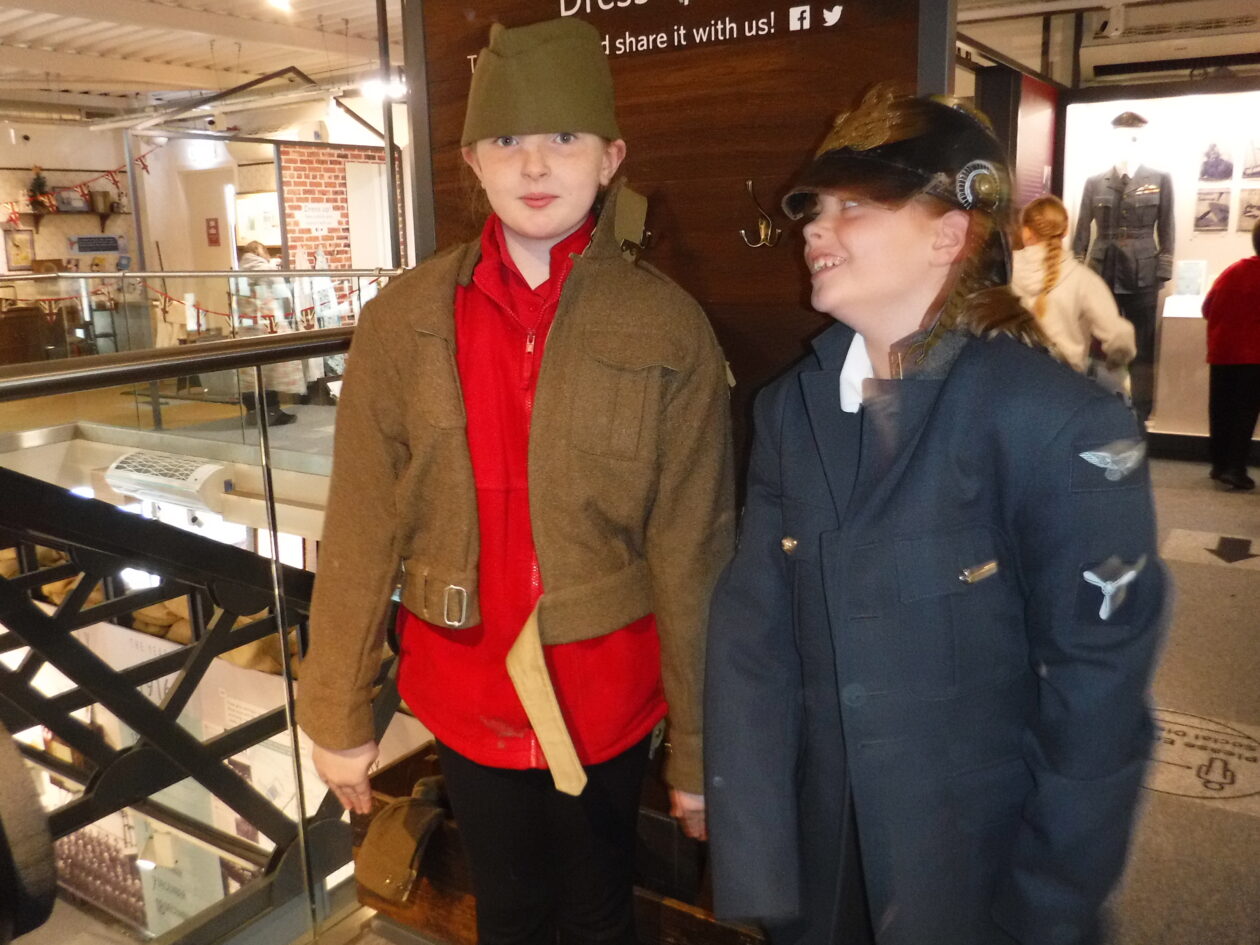Hello everyone
Today I started out with the algebra powerpoint in the home learning. I actually got the hang of it pretty quickly and really enjoyed doing it.
I then did some Sumdog followed by some Epic. I started a book called The Revenge of The Shadow King.
After lunch I read some of my book about mythical beasts that I received for Christmas.
I then chose a couple of beasts to focus on and do extra research. I then wrote out some facts about them.
Bunyip
In Australia in deep waterholes lies Bunyips. Bunyips are evil mythical spirits that lure people or animals and devours any person or creature. People started making these legends when they heard blood-curdling cries.
Banished Spirit…
Australian people include this creature in their dreams. According to one of the myths, there was a tribesman who disobeyed the rules about how living things should live, which the rainbow snakes decided. Biami, the good spirit, punished him. He was banished from the tribe. Biami also told other tribes to stay away from him. The tribesman got so angry he became an evil spirit and they called him Bunyip. He would roam the earth at night bringing gloom and fear to all tribes. He would also devour people on the way especially women and children.
… Or a Prehistoric Hippo?
40,000 years ago there was a plant-eating marsupial around the size of a rhino living in Australia. It was known as a Diprotodon. It would live near water and graze on shrubs and grass. People have been wondering if these creatures evolved into hippo-like marsupial which the tribespeople saw and feared.
They have a dog-like face, walrus-like tusks or horns and dark fur.
Dragons
At least every continent has its own tale of scaly, serpent-like creatures.
Ryu
The Ryu is a Japanese dragon. It has three claws but no wings. It lives beneath the sea and controls rain and stormy weather. It gifts wishes to those brave enough to find one.
Kuh Billaur
The Kuh Billaur dragon came from Persia. Brave Ali killed a serpent dragon by piercing it with his sword. People feared dragons throughout the Middle East. In ancient times, apparently, a dragon swallowed the moon when a lunar eclipse occurred. People made loud noises with bells so the creature could release the moon.
Fafnir
This dragon lives in Norse/Germany. Fafnir was the son of dwarf king Hreidmar. He tried stealing his father’s treasure, so he was killed by Sigurd. In northern European myths, dragons were a symbol of greed.
Lastly I thought I’d share some mantis pictures since Miss Dale mentioned them yesterday. Today’s mantis I’m sharing is called Lettuce. She is a Rhombodera Stalli (Shield Mantis). Mantis keepers prefer you to use the scientific name as lots of mantis share the same general name. Lettuce is a fully grown adult female, so she has her wings. However females don’t really fly at all. Females also have a longer lifespan.
Hope everyone has had a good day 🙂
Bye for now!
Cleo






Wow, what a fantastic blog post Cleo! I have learnt so many things from it. I wonder why Lettuce has wings when she never flies – does she use them for anything else?
Hi Cleo,
Lettuce is gorgeous! What does she eat? How many pets do you have?
Glad you enjoyed the maths work.
Your new book is really interesting. I learnt a lot from what you shared, thank you. The people who thought the dragon swallowed the moon made me wonder how many things we believe today that have a different explanation!
Fantastic photos of Lettuce- I love her name. I was going to ask the same question as Mrs Madden… What do females use their wings for if they don’t fly? Your book sounds very interesting, thanks for sharing some facts from it.
Hi Cleo,
Wow, Cleo, you have written loads, I like learning about the mythical creatures and about Lettice.
Hope you had a great Christmas
Joe